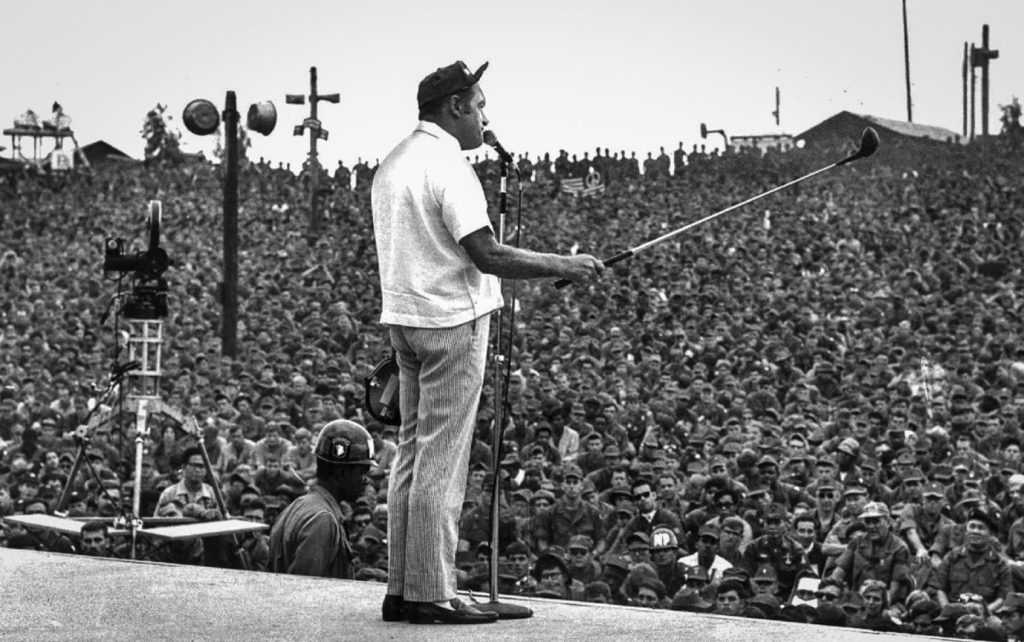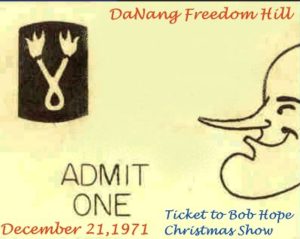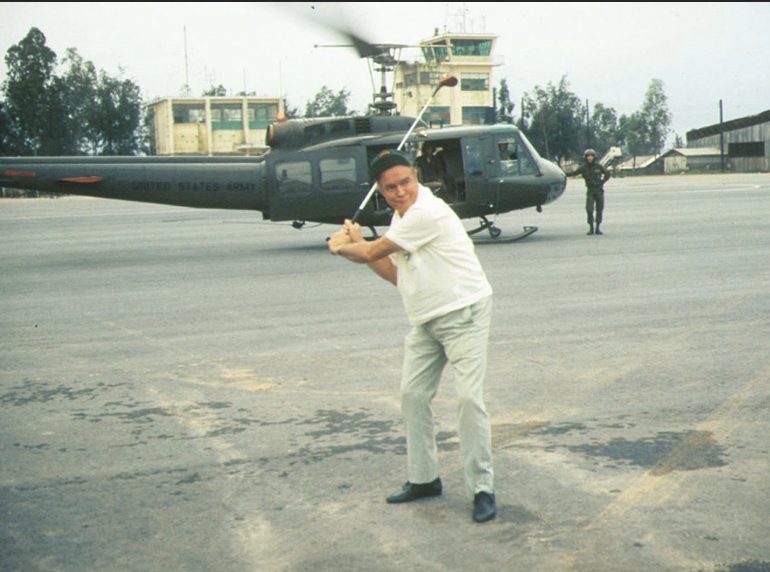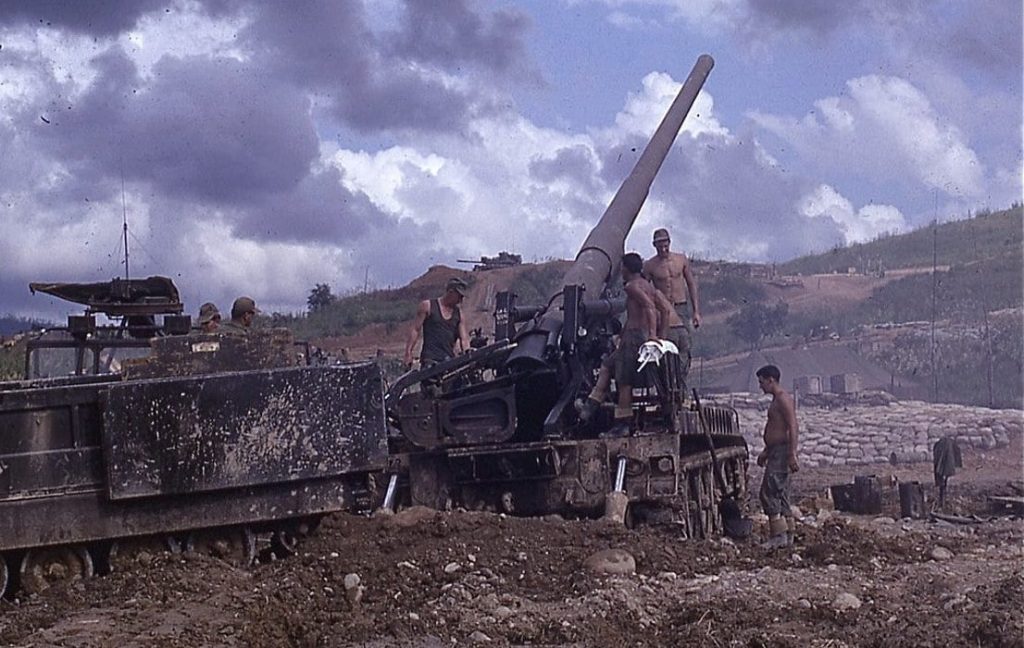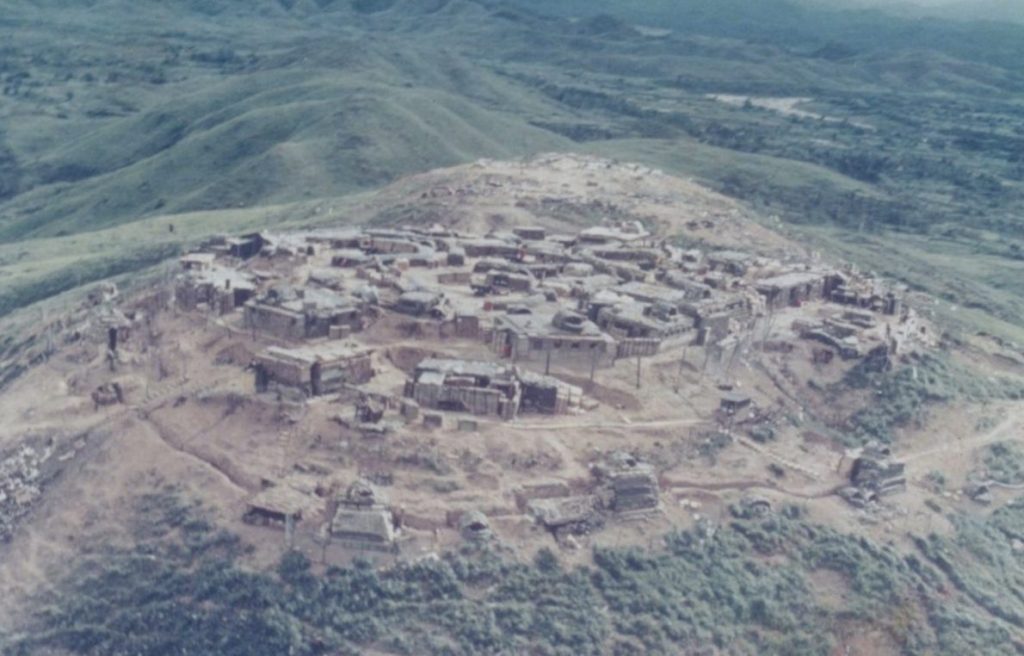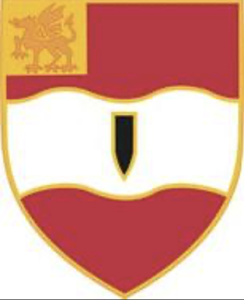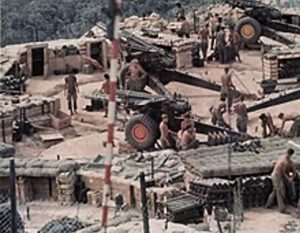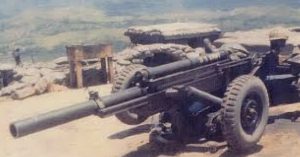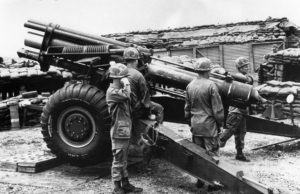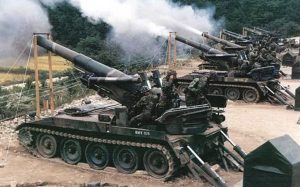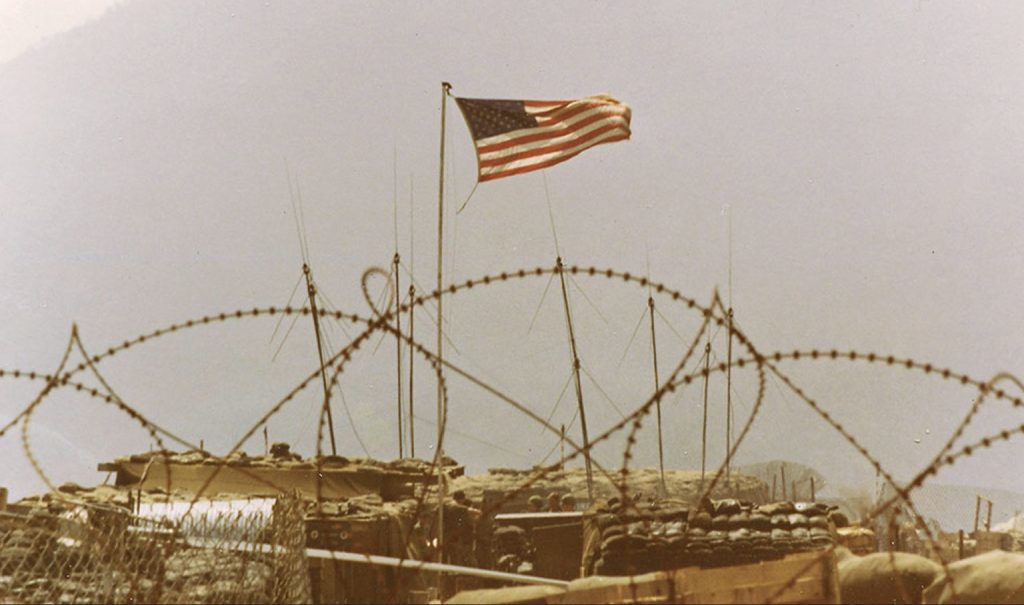
The venue from which I learned of the attack on the Twin Towers and then watched it unfold on TV is haunted by an eerie coincidence of shared fiery destruction and subsequent Phoenix-like rising from the ashes.
Like our parents and grandparents who remembered exactly where they were and precisely what they were doing when they first heard the news of the Japanese attack on Pearl Harbor, December 7, 1941 (killing 2,403 US military, mostly US Navy sailors, and civilians while wounding 1,178 others), we members of the Long Gray Line surely vividly recall where we were and what we were doing on September 11, 2001 when we learned of the deadliest terrorist attack in history. The coordinated hijacking of four commercial airlines by 19 Islamist terrorist destroyed all four aircraft, both World Trade Towers and a large section of the Pentagon’s west wall, while killing nearly 3,000 people and injuring thousands more. Modern communications technology and today’s 24/7 saturation news coverage of breaking events stimulate our recollections through vivid images as those of us who learned early of the initial attack watched the horrific events unfold in near real time on live television – feeling shocked, frustrated and helpless at not being able to shoot back.
Yet, my own recollections of the attacks are further haunted by an eerie historical coincidence that links the 9-11-01 attacks to the venue from which I watched it unfold that morning: like the Trade Towers and the Pentagon, the historic building I watched the attacks from had earlier been totally destroyed through fiery inferno and a rain of flaming destruction falling from the sky – twice! – but each time it had been destroyed by flames and explosions, it had risen, Phoenix-like, from its ashes. But it was only after the September 11 twin towers (resurrected as One World Trade Center) and the damaged Pentagon targets also “arose Phoenix-like from their ashes” years later that the ironic coincidence between the 9-11-01 attacks and the venue from which I watched it unfold, the twice-destroyed-twice-arisen Church of St. Mary the Virgin, Aldermanbury struck an eerie, haunting chord with me.
On September 11, 2001, I was working in my office just over one year into my first post-retirement job as the Executive Director of the Winston Churchill Memorial & Library (today its title is The National Churchill Museum) located on the campus of Westminster College in Fulton, Missouri (population 12,000).
The Churchill Memorial, officially opened in 1969, was established to memorialize the site of Churchill’s famous “Iron Curtain” speech (he titled it then, “Sinews of Peace”) which he (accompanied by US President Harry S. Truman) delivered at Westminster College on March 5, 1946 warning that an “Iron Curtain” had descended across Europe separating the western democracies from the Soviet Union’s totalitarian communist dictatorship and its puppet states.
In 1964, College officials and other supporters located what they considered an appropriate venue within which to house the Churchill Memorial – the Blitz-bombed, roofless remains of the Church of St. Mary the Virgin, Aldermanbury, which then sat in London about a quarter-mile northeast of world-famed St. Paul’s Cathedral. London city officials and the British government granted permission for the remains of the church to be moved to Fulton, where the church was meticulously reassembled and carefully restored to its pre-Blitz-bombing design.
The Church of St. Mary the Virgin, Aldermanbury dates back to a parish church originally built in the 12th century but which was destroyed by a fiery inferno in the September 1666 Great Fire of London which gutted the old medieval City of London.

The church’s first “Phoenix-like” rising from those ashes occurred in the 1670s when it was redesigned and rebuilt by the famed English astronomer, mathematician, physicist and architectural genius, Sir Christopher Wren as one of the 52 London churches he undertook in the rebuilding of post-Great Fire London. Wren’s redesigned, rebuilt, rededicated Church of St. Mary, Aldermanbury, which also incorporated foundation stones and crypt steps from the original 12th century parish church, was completed in 1677. There it stood for nearly 300 years — until the night of December 29-30, 1940.
In accordance with Nazi Führer Adolf Hitler’s directive to concentrate the Luftwaffe’s ongoing Blitz bombings of England on area/terror bombing, 136 German bombers dropped 100,000 incendiary bombs on London that night, targeting mainly non-residential areas containing mostly public buildings such as churches and government offices. Although that targeting meant civilian casualties were uncharacteristically light (160 killed, 500 wounded), the December 29-30, 1940 Luftwaffe raid destroyed or heavily damaged hundreds of buildings, burning out a larger area than the 1666 Great Fire, causing it to be deemed “The Second Great Fire of London.” This is the same Blitz raid that damaged St. Paul’s Cathedral which is famously seen burning in Herbert Mason’s iconic photo that’s been described as “a symbol of togetherness, survival and suffering.”
But St. Paul’s was more fortunate than the Church of St. Mary, Aldermanbury which was completely gutted and left roofless by the incendiary bomb’s conflagration. From that night in 1940 until the remains and all usable stones of St. Mary’s were shipped to Fulton in 1965 to be rebuilt and restored, the church was left a smoke-blackened ruin consisting of little else but a foundation and four walls.
The Church of St. Mary, Aldermanbury’s second Phoenix-like rising from its ashes took place from 1965 to 1969 when its stones – including some of the foundation stones and crypt steps of the original 12th century parish church – were shipped to Fulton and meticulously rebuilt to Wren’s original design as an active church and to house the Winston Churchill Memorial & Library. It was dedicated in 1969. Noted Wren biographer, Lisa Jardine (On a Grander Scale: The Outstanding Life of Sir Christopher Wren, Harper, 2003), calls this rebuilt church in Fulton the most “authentic” Wren church standing today since it was rebuilt exactly to Wren’s 1677 specifications (i.e. none of the unnecessary changes the well-meaning but self-absorbed and esthetically-ignorant Victorians had made, such as the kitschy stained-glass windows they added to replace Wren’s original, characteristic clear-glass windows, were included in the restored church).

Therefore, in an ironic historical coincidence with the 9-11-01 terrorist attacks, the church twice arose from its ashes just as One World Trade Center and the damaged Pentagon did out of the rubble of the terrorist attack. Yet, that eerie “connection” to the September 11 attacks occurred to me some years later and was not my initial reaction when my Churchill Memorial Curator and Assistant Director breathlessly pushed through the door into my office located in the church’s undercroft (a fancy name for “church basement” which contains the Memorial offices, the Churchill Museum, the Library collection of books and Churchill papers and the Clementine Churchill Reading Room) around 8 a.m. (Central Time) that day exclaiming, “A plane just crashed into the World Trade Center!” He then quickly raced back out, heading to the staff offices’ TV set to watch more of the unfolding coverage.
I was just then putting finishing touches on a Power-Point slide show for a presentation I was to make to the RAF Eagle Squadron Association, the group of WWII American fighter pilot veterans who’d volunteered in 1940-1941 before the US entered WWII and flew for the RAF in the Battle of Britain in 1940-1942, then were amalgamated into the US Army Air Forces in September 1942.
Given the RAF Eagle Squadron’s and the Churchill Memorial’s Church of St. Mary’s obvious connection to the Blitz, the church earlier had been designated the squadron association’s “official chapel.” I was scheduled to fly to Reno, Nevada the next day to address their reunion at Lake Tahoe and, especially, get a once-in-a-lifetime chance to interview these heroic veterans, so I was working against the clock to get my slide show done. Needless to say, with all commercial flights soon grounded, my trip to Lake Tahoe and attendance at the Eagle Squadron reunion and a chance to get historic interviews never took place.
My immediate reaction to my Curator’s breathless announcement about “a plane crashed into the World Trade Center” was, typically, the historian in me quickly thinking of historical precedents (I’d managed to get a Master’s and a PhD in history while on active duty, spent my last five years active duty tour, 1994-1999, as head of the history department at Ft. Leavenworth’s Command & General Staff College, and was then also teaching history courses at Westminster as an adjunct professor in addition to my Executive Director “day job”). So, being naturally history-minded, my first reaction was to mutter “Not again!” as I recalled the July 28, 1945 aircraft crash accident in New York City in which a US Army Air Forces B-25D-20 Mitchell medium bomber with a crew of 3 flying in heavy fog crashed at 9:40 a.m. that day into the north side of the Empire State Building – then the world’s tallest building until, ironically, the World Trade Center’s first tower was topped out in 1970 – embedding itself into the building in the 18-by-20-foot hole the crash had created between the 78th and 80th floors.
B-25 BOMBER CRASHES INTO EMPIRE STATE BUILDING [9:40 a.m. JULY 28, 1945]



The crash killed 14 people, including all 3 crewmen, and injured two-dozen more. That was the only “historical precedent” that came to my mind but that “another accident” thought vanished when my Curator raced back into my office a few minutes later crying out, “Another plane just crashed into the World Trade Center’s other tower!” It then became obvious that these two plane crashes were definitely not accidents – clearly, the Twin Towers had been the targets of a planned, coordinated attack, presumably the work of some as-yet-unidentified terrorist organization.
Immediately ending my speculation on “accidental plane crashes” historical precedents, I dropped everything I was working on for the Eagle Squadron speech and raced to the staff offices’ TV set to watch the minute-by-minute news coverage. We watched in disbelief as the deadly attacks’ time-line was repeatedly recounted by stunned TV anchors and on-scene reporters, then looked on in shock and horror as the attacks continued to play out: 8:46 (Eastern time) – North Tower crash (American flight 11); 9:03 – South Tower crash (United flight 175); 9:37 – Pentagon crash (American flight 77); 10:03 — Flt 93, Stonycreek Township, PA crash (United flight 93). Later, the tally of casualties was determined to be 2,977 victims killed (plus 19 dead Al-Qaeda jihadist terrorist hijackers – 15 of them Saudis, one Egyptian, one Lebanese, and two UAE citizens) and thousands of victims injured (representing 102 countries).
I later found out that among the 125 victims killed while working in the Pentagon that day (in addition to the 64 passengers, crew and hijackers on flight 77 of course) was Lt. Col. ret. Gary F. Smith, a 55-year-old DA civilian in the Army staff’s Office of the Deputy Chief of Staff for Personnel (ODCSPER) who was attending a meeting with his boss in an office unfortunately located at flight 77’s point of initial impact along the Pentagon’s west wall. Gary was my friend and officemate for three years during a previous Pentagon tour in ODCSPER’s Leadership Division when both of us were still on active duty.
My friend Gary features in a final, unexplainable September 11 coincidence I experienced on the attack’s one-year anniversary. As an ex officio member of the Westminster College cabinet, I regularly attended the weekly cabinet meetings in the college president’s conference room. Since that week’s meeting occurred on September 11, 2002, it coincided with an ongoing ceremony of remembrance, organized by the college students, which was taking place on campus grounds, consisting of shifts of students reading aloud over a loudspeaker the long list of names of all 2,977 9-11-01 fatality victims, listed alphabetically. After the cabinet meeting had adjourned and at just the exact moment I happened to walk outside, I heard read over the loudspeaker, “…Gary F. Smith, the Pentagon…”
Rest In Peace, Gary, and all victims of the 9-11 attacks
1 The undercroft of the Christopher Wren-designed Church of St. Mary, Aldermanbury houses
the National Churchill Museum, staff offices, and a gift shop.
2 In 1965-1969, the London church was moved to Fulton, Missouri’s Westminster College campus, rebuilt with original foundation stones and restored to its 1677 Christopher Wren design to house the Winston Churchill Memorial & Library.






